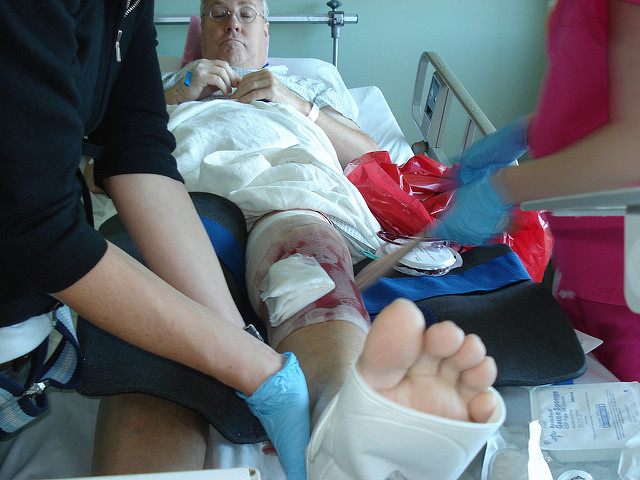Many know the saying, “sticks and stones may break my bones, but words will never hurt me.” That’s not the case in the 21st century. With the rise of technology came social media platforms where young teens, and even adults propel words at victims to cause them pain just as powerful as a punch to the stomach can. “You’re stupid,” “you’re dumb,” “get a life loser!” “UGLY!” are just a few tame examples of how hurtful a cyberbully can be in the comments section of many YouTube, Instagram, and Facebook posts.
Some people may be wondering what the differences are between traditional bullying and cyberbullying. Cyberbullying occurs when insults are directed at a victim through a virtual screen. As defined by stopbullying.gov, cyberbullying is, “bullying that takes place over digital devices like cell phones, computers, and tablets. Cyberbullying can occur through SMS, Text, and apps, or online in social media, forums, or gaming where people can view, participate in, or share content. Cyberbullying includes sending, posting, or sharing negative, harmful, false, or mean content about someone else. It can include sharing personal or private information about someone else causing embarrassment or humiliation. Some cyberbullying crosses the line into unlawful or criminal behavior.” Traditional bullying involves face to face insults and physical harm. Stopbullying.com further breaks down the differences between cyberbullying and traditional bullying.
Differences Between
Cyberbullying and Traditional Bullying
Anonymity: While victims usually know who their bully is, online bullies may be able to hide their identities online. The anonymity of the internet can lead to crueler or harsher abuses from the bully, all while the victim has no means of discovering who his or her harasser is.
Relentless: Bullying typically ends once the victim is removed from the negative social situation. However, smartphones, laptops, and other devices have made it possible for people to communicate with each other at all hours and from nearly any location. Cyberbullies may be able to torment their victim twenty-four hours per day, seven days per week, making it difficult for the victim to escape it by going home or even changing schools.
Public: With traditional bullying, often only people that interact with those involved will know of the abuse. However, when content is posted or shared online, it’s possible that anyone may see it. This opens up the victim to more potential ridicule or pain from strangers. This is compounded by the anonymity afforded by virtual spaces: while bullying in person may be done covertly or out of view to avoid punishment, cyberbullies need not fear being witnessed in the act if their identities are not known.
Permanent: Because online content is impossible to delete entirely, cyberbullying may damage the victim’s, or possibly the bully’s, reputation permanently. Even if the content is removed or deleted from the original site, someone may find it posted elsewhere later. This may negatively impact future employment, college admissions, or relationships for victim and bully alike.
Easy to Overlook: Cyberbullying may be harder for teachers, administrators, and parents to discover, because they may not have access to students’ online activities. They may not be able to overhear or see the abuse taking place. Unless someone comes forward, parents and teachers may never know that bullying is taking place.
The Michigan Law Firm, PC’s blog recently discussed how the effects of cyberbullying lead a young, 13-year-old girl, Zoe Johnson to commit suicide after a classmate tagged her name in a vulgar Facebook post. Unfortunately, while cyberbullying is on the rise, traditional bullying is still here too. On January 25, 2019 a 13-year-old, Michael Martin, took his own life after constant harassment and traditional bullying from kids at his school. Michael was constantly teased about his appearance and was even slammed against a wall in the school lunchroom, as reported by the Lansing State Journal.
Sticks, stones, and even words have major negative effects on the lives of people who are continuously being bullied. Under Michigan’s new cyberbullying law, perpetrators of cyberbullying will face major consequences for carrying out this harmful behavior. Bullying is bullying, whether its face to face or through the internet, and it’s always wrong.
Bullying hurts. Words should not cause such irreparable harm that a person chooses to end their life. Attorneys at The Michigan Law Firm, PC understand the emotional damage that traditional bullying and cyberbullying can have on a person, and happy to help cyberbullying victims find justice under the new cyberbullying law. Call us at 844.4MI.FIRM for a free legal consultation.






